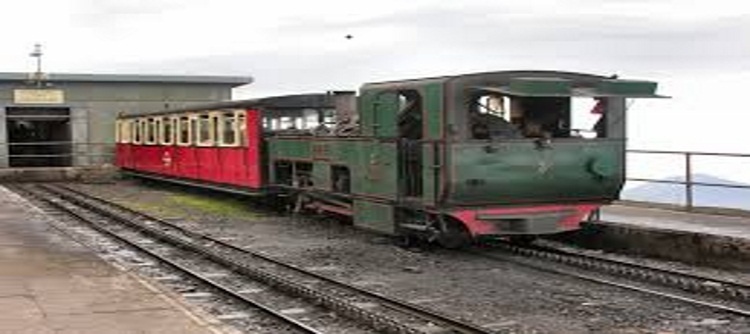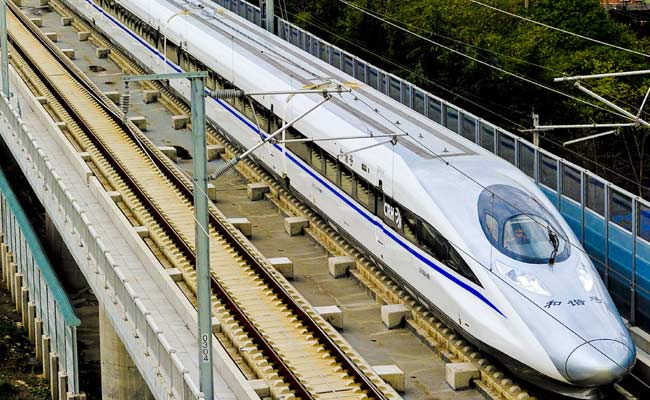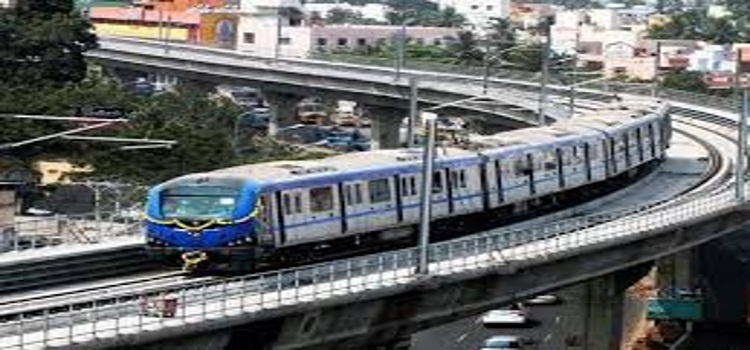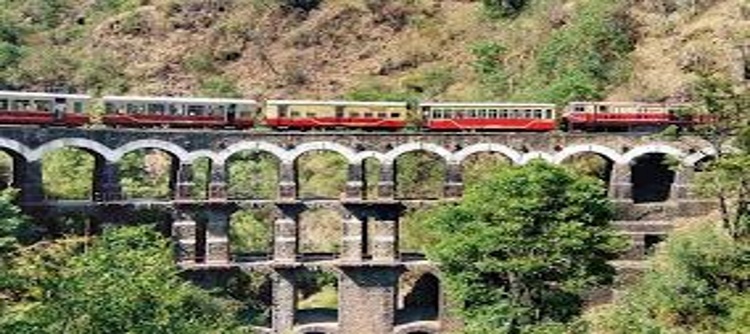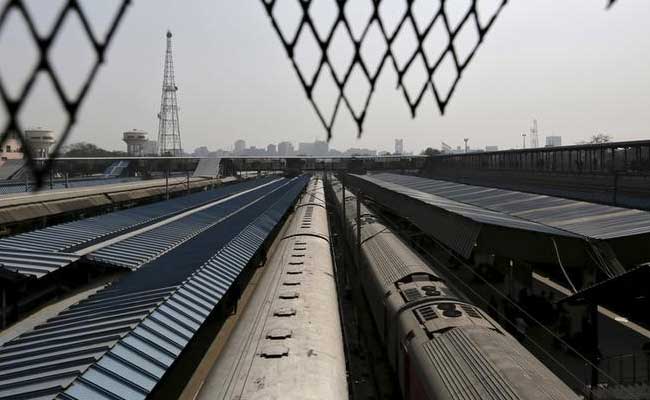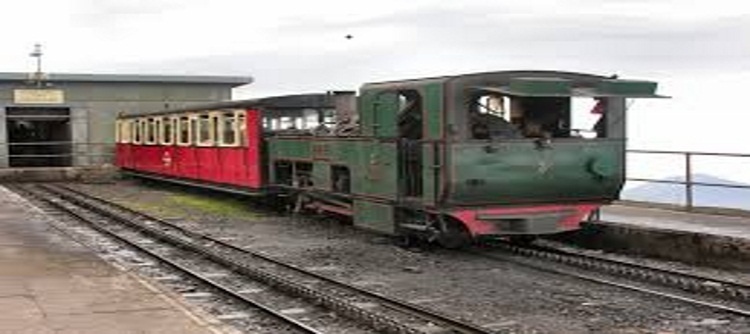
India has had four train derailment accidents in the last few weeks. One of the accidents, in Uttar Pradesh on August 19, killed 23 people and injured more than 150 people. This series of serious accidents led to the resignations of Minister of Railways Suresh Prabhu and Chairman of the Railway Board A.K. Mittal.
Since last many decades railway up-gradation was not keeping pace with time technology. Unions in railways rule the roots, efficiency and safety are the last things on their mind. Accountability is passing the buck and generally the blame is put on human error. However, we are supposed to follow rules. Shoddy maintenance of railways across India is the main cause for major accidents – particularly on the Northern India. Railways are also looting passengers by imposing safety surcharge. People started thinking that all the false promises were given from behind the veils of power mongers. God knows how the tough rakes are maintained or not but prone to more major mishaps.
India was one of the first countries in the world to build a large railway system. Its 21-mile railway from Mumbai to Tana was built in 1853, under British colonial rule. At the time of independence in 1947, the Indian railway network covered more than 55,000 kilometers, behind only the US, the former Soviet Union and Canada. The surge in India’s population and its rapid urbanization meant that the trains, which were relatively affordable, became the most important means of transport for most people. But the explosion in passenger numbers severely burdened the aging railway system, which had been constructed to a fairly low standard. As a result, accidents have not been uncommon.
As in the past the blame on the derailment near Muzaffarnagar in Uttar Pradesh is caused by negligence and the blame is passed on human error. The locals in UP expose lapses and it is very clear that accident could have been averted. The victims narrate their ordeal and that is pathetic. Just by giving compensation we will not be able to make up the human loss. Eyewitnesses recount the horror and how the victims were struggling for help. Medical facilities reached the accident spot late and that shows the apathy and the lethargic approach of the officials.
By suspending or by transferring officials is not the solution. More and more care should be taken on passenger safety and the railway budget should allot more funds to reduce the accident cases to a negligible level. The approach after the tragedy by the government does not augur well and the railway passengers are feeling lack of relief during such major accidents. It should not be out of context to mention here that the system is controlled by the Railway Ministry through the state-owned Indian Railways having more than 1.5 million employees and is India’s largest state-owned enterprise too. However, it is also probably the most inefficient Company in the world, in the state sector. Coupled with the government’s policy of low-cost train transport and high salaries for railway employees, the Indian Railways simply cannot accumulate enough funds to update its railway system.
The train accident near Khatauli saw tragedy struck killing of more than 23 people and injuring over 100 and that jolts the nation. It could have been averted if the track fractures had been taken care in time and a close watch carried on the train tracks. The derailment created fear among the passengers. Strange are the ways of train accidents in the Indian history. In the past we heard about bomb blasts, head on collision, wrong signal, smoke inside coaches and snatching of fish plates caused trouble and discomfiture to the travellers and caused major causalities at late night. A panel will be set up for a probe. But the dear lives were lost in a major mishap. Time tested methods are to be carried out regularly on all rail routes periodically.
The past governments have not given enough attention to vital infrastructure like railways. At the same time, India’s domestic manufacturing industry has fallen behind, unable to provide technical and equipment support for railway upgrading.
It could be said that India’s train accidents are not even accidents, but high-probability events caused by systemic problems. For decades, the situation has not improved. According to the statistics, in 2016 more than 500 train accidents took place in India. This problem cannot be solved by the resignation of the minister of railways. The minister himself to be serious on various corrupt practices in Railway system right from the Railway Board level to the Zonal and Divisional levels in the Engineering, Safety, Operations, Electrical, Signal & Telecom wings. Most of the Indian Railway officials are corrupt and past Governments have not taken sufficient steps to correct the system. Atleast Suresh Prabhu, former Railway Minister was too serious on such malpractices, as he has taken aggressive stand on corruption under the Prime Minister Mr.Modi’s regime.
The slow speed and frequent accidents on India’s railways have become symbolic of the backwardness of the country’s infrastructure. In the international media coverage of India, the train-related problems also give a negative impression of the country to the international community. Not only do foreign tourists feel insecure about traveling there, but foreign investors also have little confidence in India’s infrastructure, which has hindered the development of India’s economy and modernization.
Over the past decade, the government has recognized the importance of railways for economic development and it has proposed a series of railway construction plans. After Modi came to power, he expressed ambitions not only to reconstruct the original railways but also to form a “diamond quadrilateral” of railways connecting Delhi, Mumbai, Chennai and Calcutta, the Delhi-Chennai high-speed railway corridor and the Mysore-Bangalore Chennai high-speed rail lines. At the same time, India also become more welcoming to the participation of foreign funds and enterprises. In September 2014, when Chinese leaders visited India, the two countries signed an agreement to invite Chinese enterprises to participate in a project to upgrade the railway from Bangalore to Mysore. India also announced in 2015 that it would invest more than $13 billion over five years to modernize and expand the railway system. In February 2016, India and Japan signed a $12 billion agreement to build a high-speed railway from Mumbai to Ahmedabad.
The Modi government’s railway construction plan is exciting, but will not be easy to achieve. First, the huge funds required have not yet been mobilized, partly because private capital hasn’t been properly involved, but also because there are still concerns regarding foreign investment. Second, long-term constraints in the institutional infrastructure in India have not been resolved, such as problems related to land expropriation.
Even if Modi can create a miracle and successfully complete his plan, it only involves the enhancement of the main Indian Railways, which account for just a small part of the entire Indian railway system. A comprehensive upgrade of the whole system will need a huge amount of money, and will take several decades to achieve. Therefore, news about Indian train accidents is not likely to fade away.

